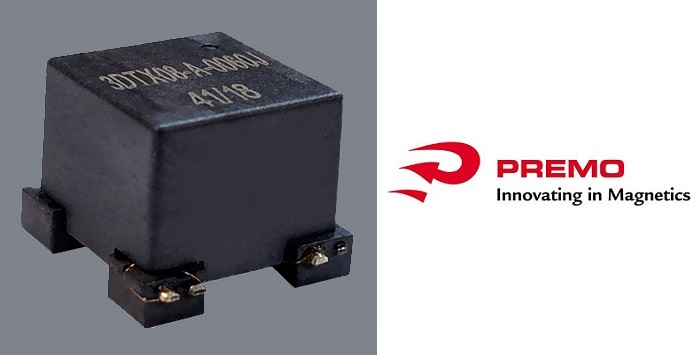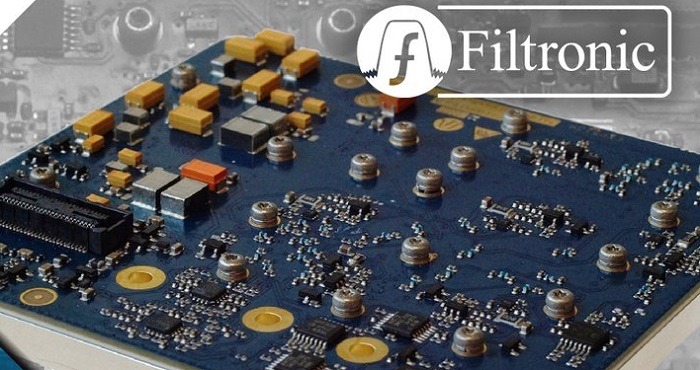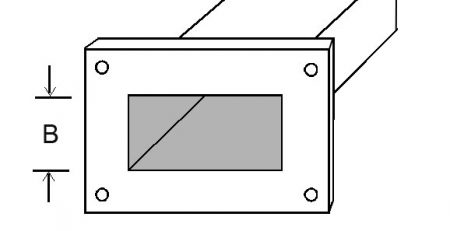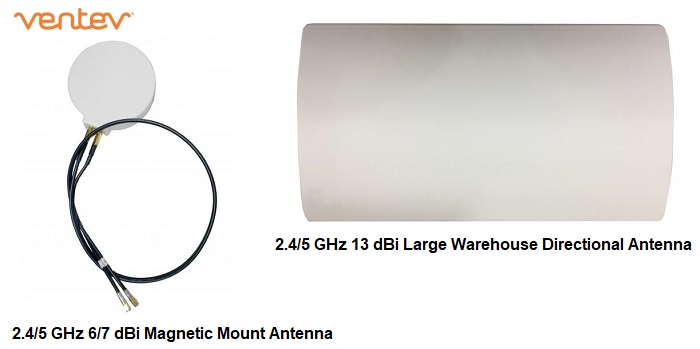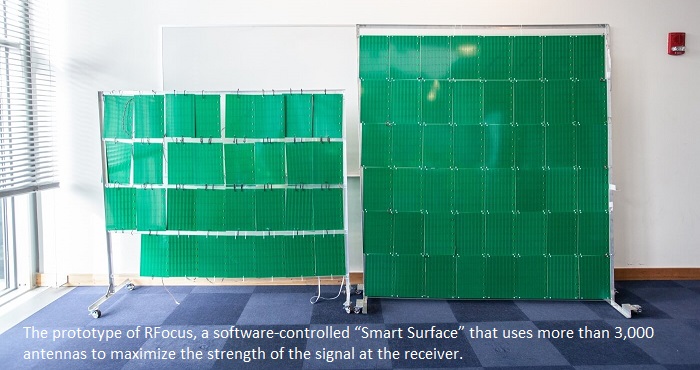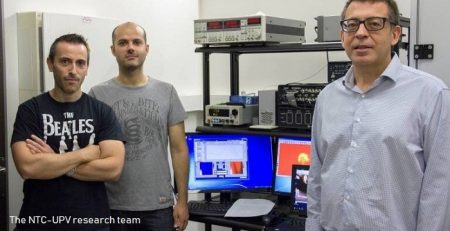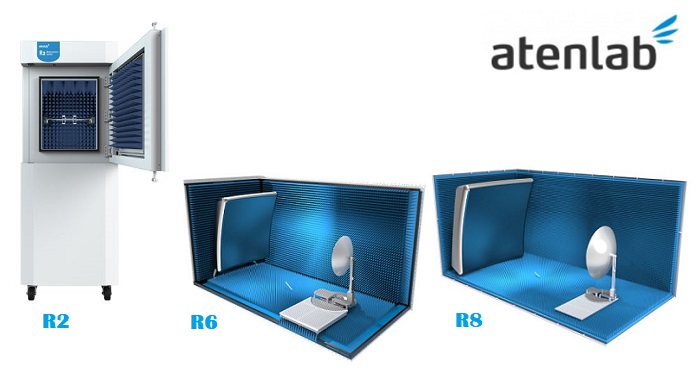CommScope Used NI AWR Software to Develop an Inverted-F Antenna
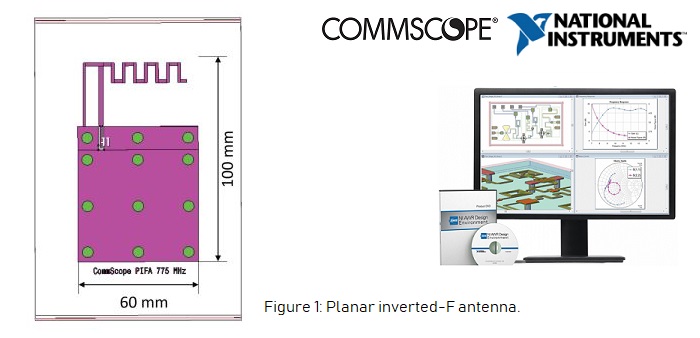
Johannes Steigert, an RF engineer at CommScope, was recently challenged to develop an inverted-F antenna for a mobile communications sub-1 GHz band. The specifications for the mechanical dimensions of the printed-circuit board (PCB) severely limited the available space for the antenna. Consequently, difficult trade-offs from the state-of-the-art theoretical design had to be made regarding antenna gain, efficiency, and broadband performance.
To overcome the challenge, the CommScope design team chose the NI AWR Design Environment platform for the development of their inverted-F antenna with stringent specifications. The sophisticated capabilities of Microwave Office circuit design software combined with the speed of the AXIEM electromagnetic (EM) simulator helped the team cut the number of various prototype design spins and delivered a first-time-right solution for the given problems.
The software detected the influence of the mechanical tradeoffs and helped the team compensate for those problems during the simulation phase. Figure 2 is an AXIEM EM simulation of the roughly donut-shaped radiation pattern while Figure 3 shows the current distribution of the antenna. Figure 4 displays the simulated inverted-F antenna pattern.
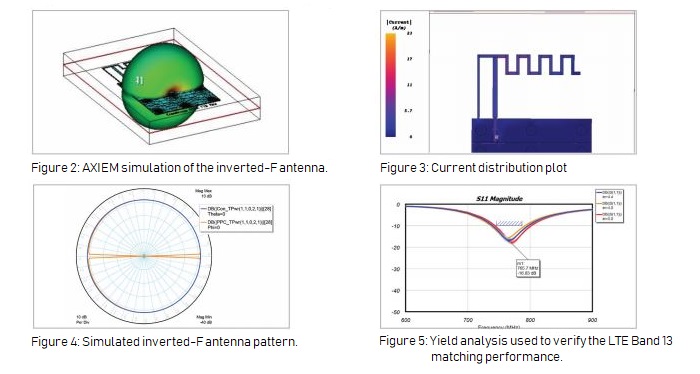
Microwave Office software and the AXIEM EM simulator optimizer functionality were used to match the antenna for the LTE Band 13. Figure 5 is the yield analysis as verification of the LTE Band 13 matching performance. Variation of relative permittivity was between 4.0-5.0. The graph shows the simulation with random C and L values was in-between the real component tolerances. The antenna S11 under all circumstances was within the desired 10 dB over the full bandwidth.
Steigert found that NI AWR software, in comparison to similar products, provided the best models of the real antenna, thus saving significant development time and costs compared to conventional prototyping approaches. He highlighted the ease of use of the software combined with its simulation speed and ability to deliver highly complex solutions in a short time as key benefits of using NI AWR software. Of particular note were the outstanding technical support, exhaustive examples, and widespread knowledge base.

